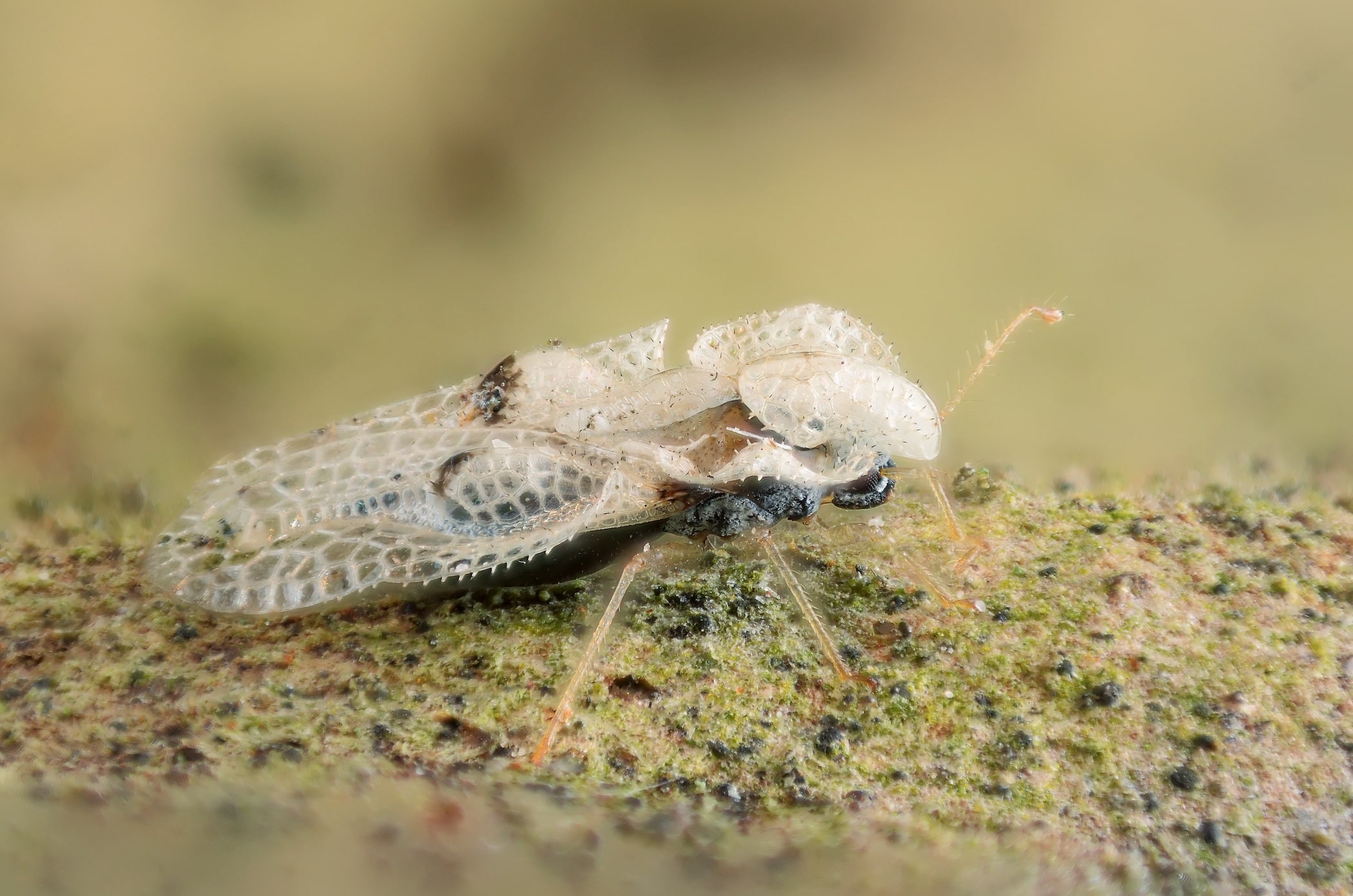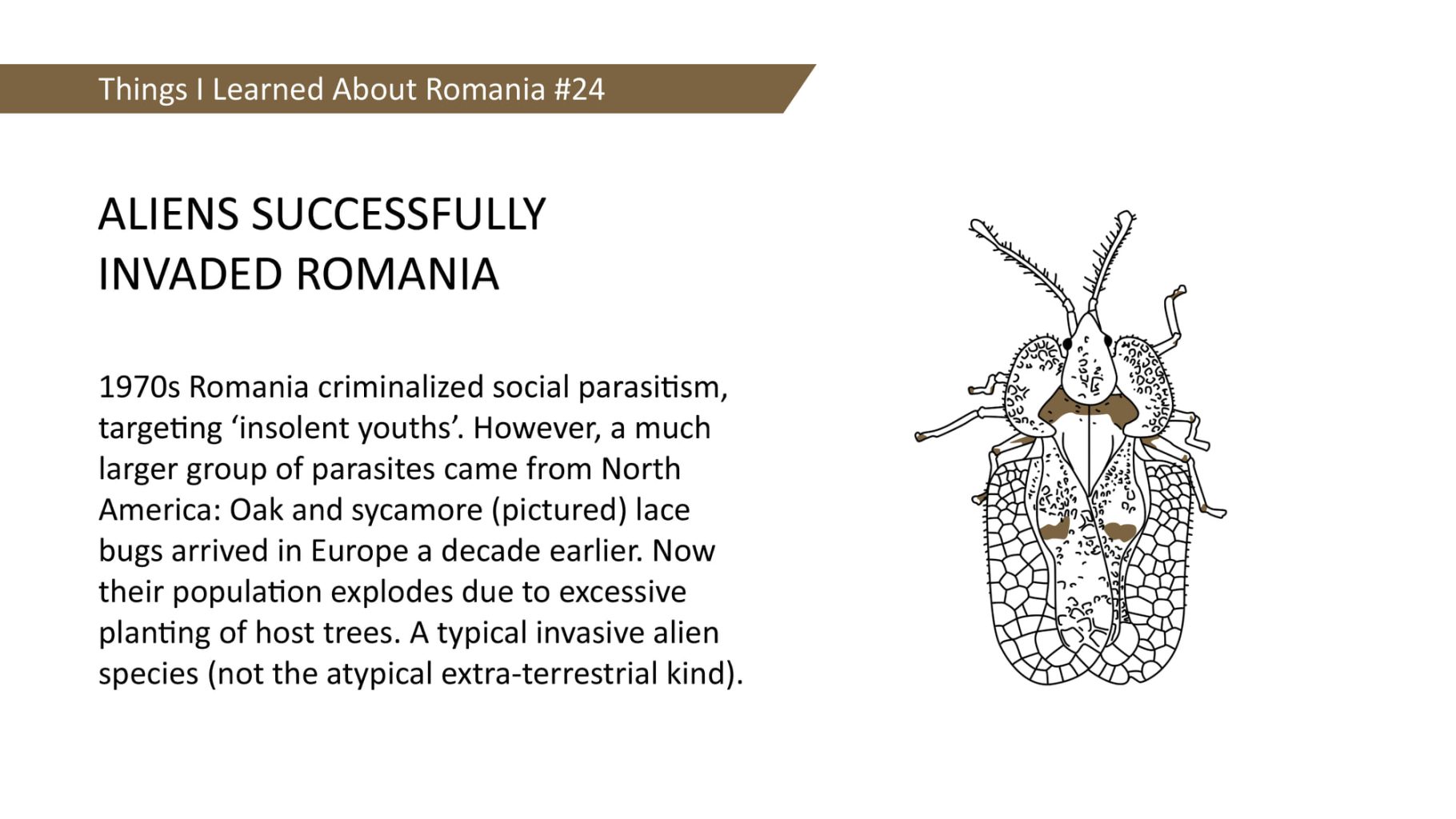In recent years, and as reported previously, Cluj-Napoca has faced a persistent and troubling issue with the invasive sycamore lace bug, locally known as “tigrul platanului (the sycamore tiger)”. Originating from North America and scientifically named Corythucha ciliata, this tiny insect has been a known pest in Romania since its first detection in Craiova in 1990, gradually spreading to other cities including Sibiu and Cluj.
The problem has intensified recently, particularly in Cluj, where an increase in green spaces filled with sycamore trees—planted as part of a modernisation effort funded by European grants—has led to a significant rise in the insect population. These trees, which cannot be cut down for at least five years, have inadvertently provided a thriving habitat for these pests.
Local residents have reported numerous encounters with the lace bugs, not just outdoors but also within their homes. “There are so many, at least at this moment in apartments, there are many of these tiny flies,” one local expressed during a report by Digi24, highlighting the discomfort caused, especially to children, during warmer months when the insects are most active.
The sycamore lace bug is primarily a herbivore, feeding on the cellulose content of sycamore leaves. However, during high infestation levels, these bugs can be mistaken in their interactions with humans, leading to irritation and discomfort when they come into contact with skin, often confused with plant surfaces.
Local health professionals and researchers are addressing this issue with both concern and urgency. Dr. Adrian Ruicănescu, a research entomologist, noted the challenges in managing such invasive species. “Unfortunately, we cannot easily rid ourselves of them, as these species have adapted well to our environment,” he explained. Furthermore, interventions using chemicals could disrupt local ecosystems, potentially harming native species that could naturally control these pests.

The city of Cluj is taking proactive steps to manage this situation. Iulia Perșa, a municipal representative, announced upcoming initiatives aimed at combating these insects effectively. “Next week, we have scheduled an action to combat these insects,” she stated, signalling a coordinated effort to address public concerns.
Residents are advised to use protective sprays to mitigate the uncomfortable sensations caused by these bugs and to report any significant infestations to local authorities. The community is also encouraged to participate in educational programs about maintaining and protecting local biodiversity, which can play a critical role in naturally managing pest populations.




